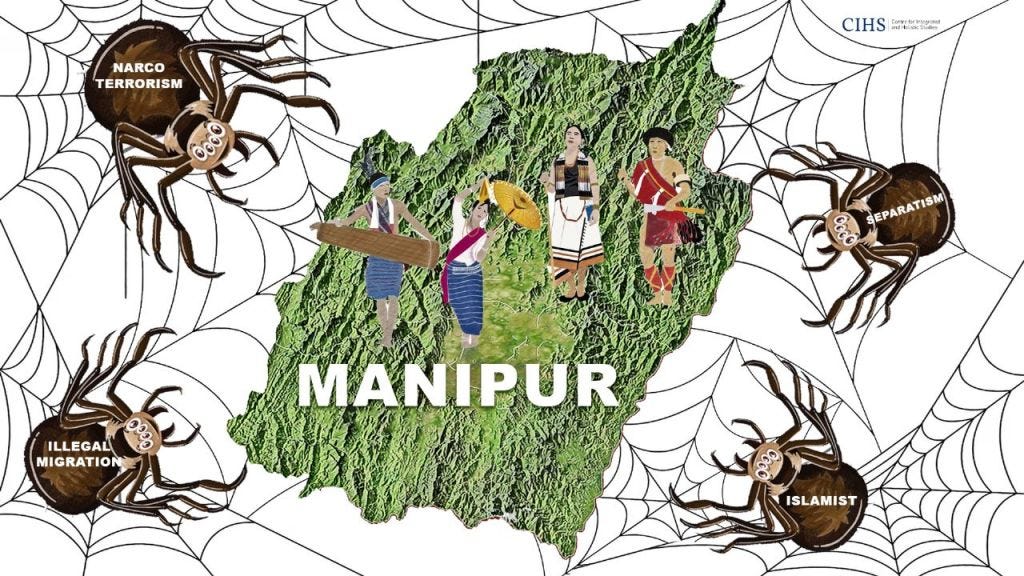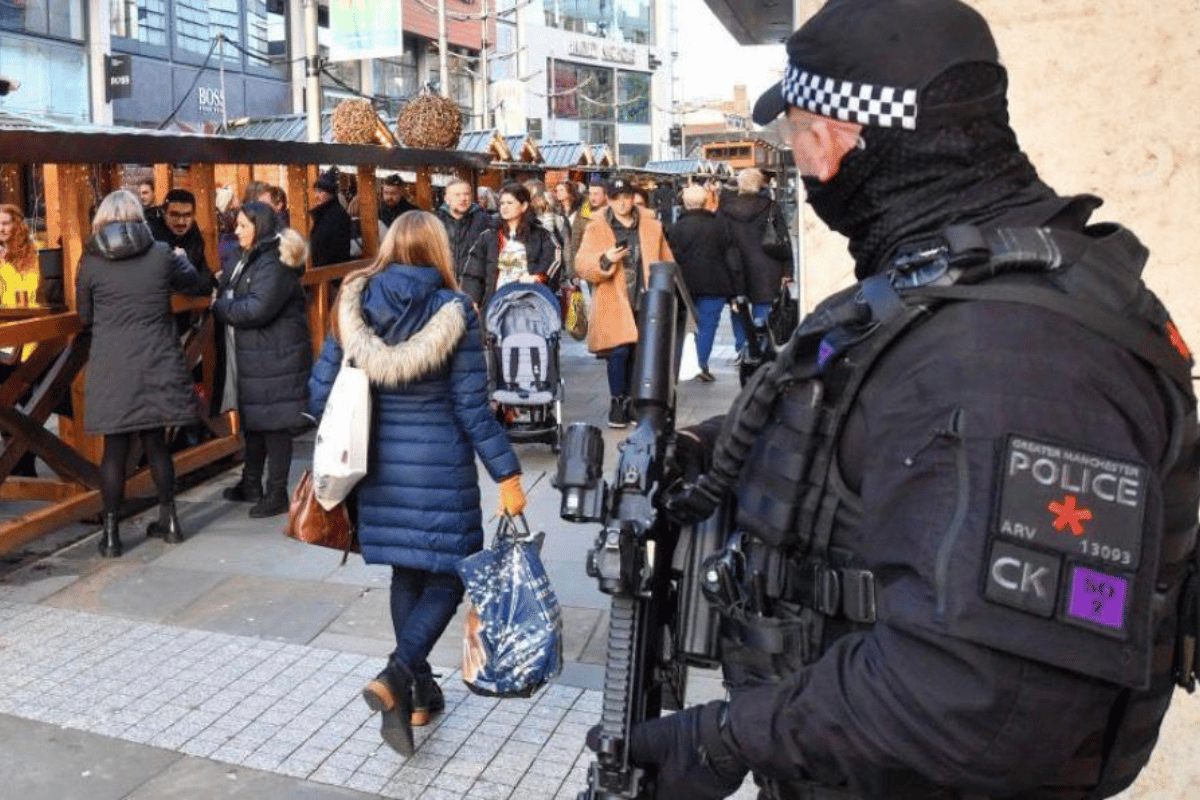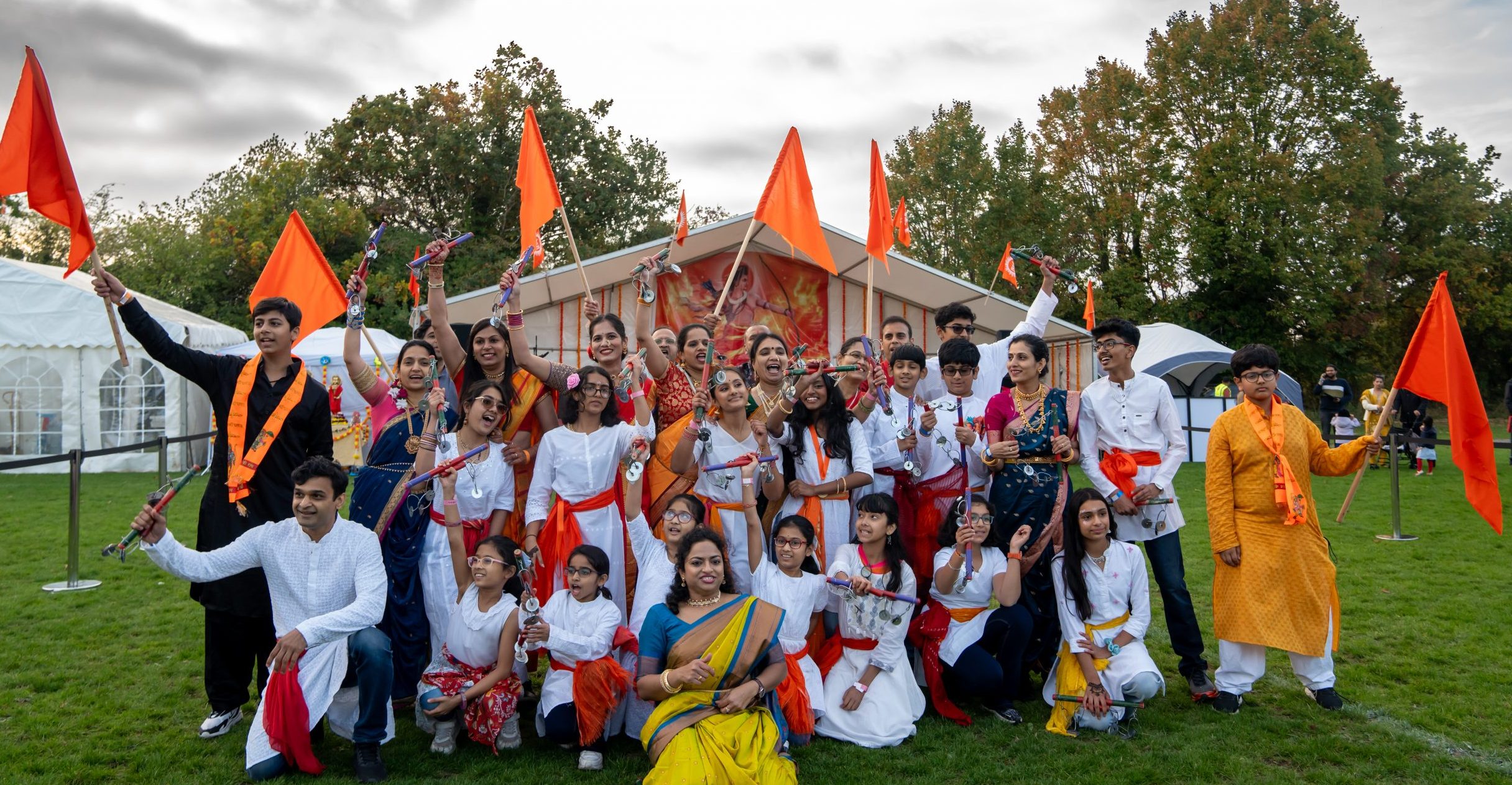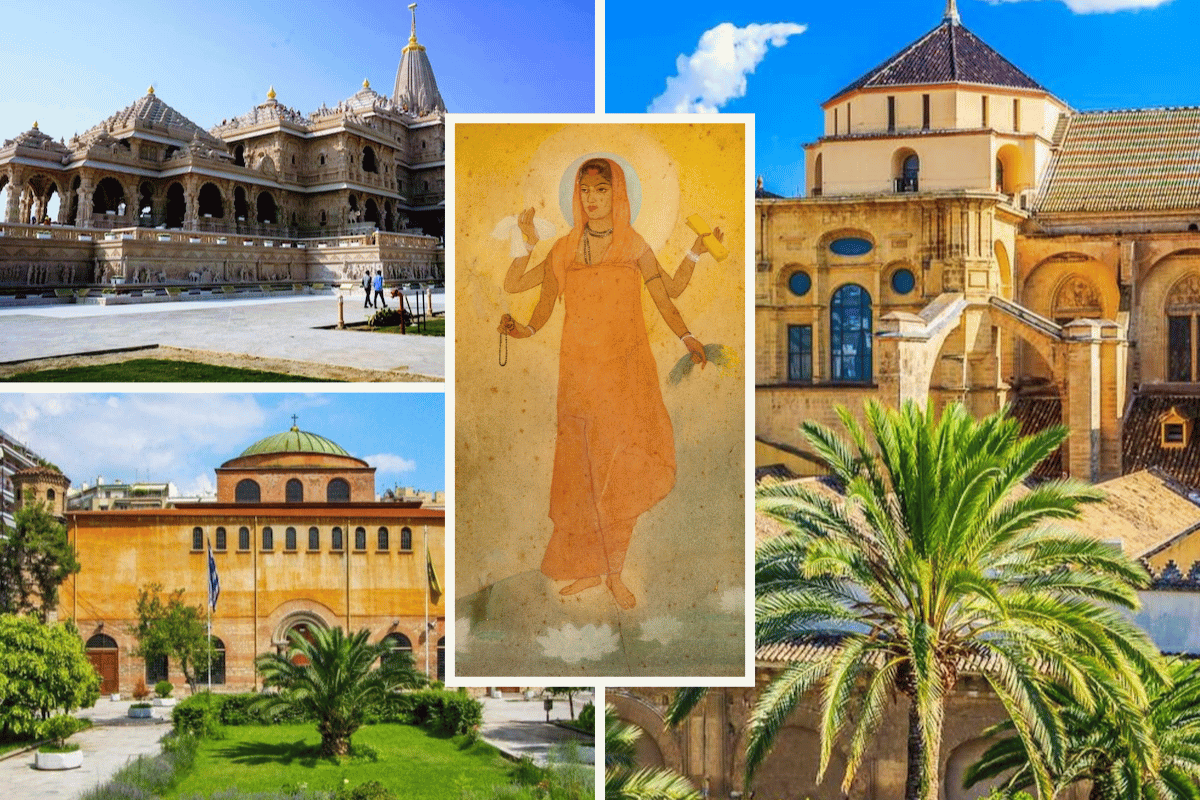
Originally published at http://cihs.blog on July 26, 2023.
On the recent undignified assault on Manipuri women and unrelenting ethnic clashes, Indian Prime Minister, Narendra Modi stated that perpetrators of these crimes will not be spared or forgiven.

An incident, where two Manipuri women of the Kuki tribe were paraded naked in broad daylight, went viral on social media, exacerbating the on-going turbulence in the region.
While there have been significant on-going efforts from the government and civil society to stop these ethnic clashes in last few months, the event triggered widening gap between Hindus and Christians in the region.
Historical background
Continued violence in Manipur, a north-eastern state in India, has resulted in significant loss of life and property in over two months. This situation has highlighted the delicate social fabric and presence of non-state actors with divisive agendas. For several decades, ethnic clashes among various tribes and religious differences between Hindus, Christians, and Muslims have contributed to the state’s instability.
This instability has been exacerbated by factors like infiltration and spread of drug mafias, illegal crossings from across the Myanmar border, circulation of fake currencies and activities of Islamist groups and Church proselytisers. It is important to note that Manipur became a state in India on September 21, 1949 following the signing of Manipur Merger Agreement between the Governor General of India and Maharaja of Manipur.
In subsequent years, Indian Government granted Scheduled Tribe status to the Kukis, a large number of converted Christians, while the indigenous Naga tribe also saw significant conversions to Christianity through proselytization efforts. As a result, more than 90 per cent of Nagas are now Christians. On the other hand, Meitei tribe who practise Hinduism was not awarded Scheduled Tribe status and has since struggled to preserve its culture, traditions, customs and beliefs amidst rapid pace of religious conversions. Religious demography of Manipur over the years has been shown in Fig. 1.
Fig.1. Religious demography of Manipur, Source: Census 1951–2011; CIHS Analytics.
Christian population in Manipur consisting mainly of the Kukis, Nagas, and Meiteis (who are predominantly Hindus) is roughly equal in numbers across the state. The Meiteis have been protesting against their exclusion from Scheduled Tribe status, but these efforts have often faced violence and opposition from Christians affiliated with various denominations.
In March this year, Manipur High Court ordered the state government to include Meiteis in the list of Scheduled Tribes within four weeks. This directive of the High Court was fiercely opposed by several tribal organisations including the All India Tribal Students Union of Manipur (ATSUM). These bodies argued that inclusion of Meiteis would be unfair to other tribes, disrupt the state’s social fabric and their own economic and cultural systems.
Conversely, the Meiteis firmly believe that without obtaining Scheduled Tribe status and other constitutional protections, they might face ethnic cleansing within a few decades. Inclusion in the scheduled list of tribes would grant the Meiteis access to educational institutions such as schools, colleges, and universities, as well as provide them with socio-economic benefits available to tribal populations from both state and central governments.
Timeline
May 4th: The incident took place in Manipur’s Kangpokpi district.
May 18th: Zero FIR registered at Kangpokpi police station which was later transferred to Thoubal police station where the incident exactly took place. As per the police statement, the FIR was registered against unknown miscreants regarding abduction and gang rape, leading to subsequent investigation.
May 27th and May 28th: Chief of Army Staff General Manoj Pande visited Manipur to assess on-ground situation in the state (and region). He interacted with Governor Anusuiya Uikey, Chief Minister N. Biren Singh to discuss internal security situation in the state.
May 30th: Home Minister Amit Shah visited Manipur and interacted with civil society organisations, defence personnel, civil servants, and prominent personalities to discuss and address the many ethnic issues in the region.
First week of July: As per Manipur Police, a total of 129 nakas / checkpoints were installed in different regions of the state to ensure law and order is maintained. Over 650 people have been detained in relation to the case till now.
July 19th: The video clip of these two women paraded naked in the Manipur district of Kangpokpi went viral on social media.
July 22nd: Six persons (05 main accused and 01 juvenile) were arrested so far. Over 60,000 security personnel have been deployed in various regions of the state to ensure law and order is maintained. This includes armed forces, paramilitary forces, and police.
Aftermath of the incident
While most of the media coverage highlighted ethnic conflicts between the Meiteis and the Kukis to be the root cause of the incident, it is also crucial to look into other factors as well.
- As per open source intelligence, Myanmar has been supplying arms, ammunition, guns, grenades, and rocket launchers to Manipur. Security forces in the region found militants from Myanmar crossing borders and a trickling down of clashes into the Indian state of Myanmar.
- Equally noteworthy is that the Meitei mobs responsible for attacking Kuki properties or causing harm to Kuki individuals were members from Meitei terror organisations, such as the Kangleipak Communist Party (KCP). These ardent Maoist communist radicals, who staunchly adhere to atheism, engaged in attacks on Kukis and their properties not primarily because of their Christian faith but due to their perception of Kukis as illegal migrants from Myanmar, which they consider a threat to the Meitei community. As a result, the on-going conflict in Manipur is solely based on ethnic differences fuelled by the Church, Left oriented intellectuals and armed maoists. Those who try to portray it as handy work of Hindus are not only spreading false narratives but undermining India’s interests.
- There have been reports about Kukis being involved in illicit drug trade and sheltering illegal migrants from Myanmar (primarily, Rohingyas). Kukis and Meiteis have been at loggerheads for a long time over illegal migrants. Meiteis have a long standing history of providing refuge to Chin-Kuki-Mizo tribes who were ousted by Bangladesh and Myanmar every now and then. Meities, who are largely Hindus, claim that their native tribal cultural fabric is disrupted by the illegal and forced integration of these tribes into the society. The 2021 military coup in Myanmar heightened tensions once more as a large number of refugees, who shared closer ethnic ties with the Kukis, sought refuge by crossing the border into Mizoram state and subsequently into Manipur. This influx raised concerns among the Meiteis, as they feared the possibility of their community being displaced.
- In last few years, the Meiteis-led government in Manipur has cracked down on many poppy farms in the region (which largely belonged to Kuki dominated areas) and has significantly reduced opium trade in the region. Over 18,600 acres of poppy farms have been identified and destroyed till date.
- Internet ban in the region continued as the risk of escalating ethnic clashes continued in the state. But, broadband services were restored beginning July 26, 2023 as the situation improved on law and order front.
- After the shallow and undignified incident, narratives were ripe on social media about silence of the Indian Prime Minister on this issue. Home Minister, Amit Shah, had already paid a state visit to Manipur and directed appropriate measures to restore law and order in the state. Also, several groups of protestors claimed that Chief Minister of Manipur, N Biren Singh should resign. However, these claims are unreasonable as new leadership would take time to get a grip of the on-ground situation.
- For any government, preserving the diverse tribal culture in the state of Manipur should be priority and work towards achieving this long term objective.
- Violence by either of the armed groups belonging to Kukis, Nagas or Meities can bring about a solution to fractured Manipuri society. Putting a complete stop to the violence, abuse of children and women and crackdown on non-state actors should be pre-requisite to begin any negotiations between different stakeholders.
- Divisive agendas and role of non-state actors will have to be meticulously documented to get clarity on real culprits. To curb their role, stakeholders from each side have to move positively in the spirit of ‘give and take’. Political skull drudgery to gain brownie points will have to stop completely.
- Political parties and their affiliate organizations — irrespective of their ideological orientations — will have to sink differences and come together to bring about peace in this key bordering North-eastern state.
- Dividing the state by a fiat as demanded by some groups may not be the lasting solution to stitching a diverse, culturally deep and all inclusive tribal state.
- Putting together a long lasting and holistic model for socio-economic development of different Manipuri tribes will have to be attempted.
- Church across denominations and affiliations, Muslim organizations funded by West Asian powers will have to reconcile to building a strong, united and diverse tribal society in Manipur within the framework of Indian Constitution.









